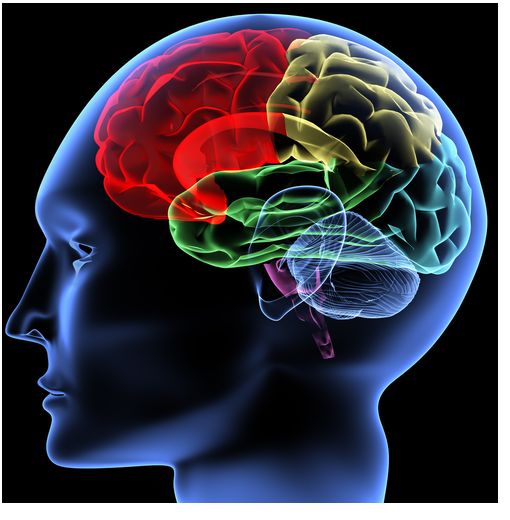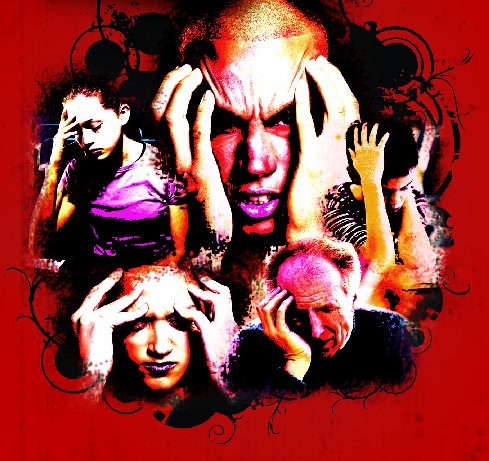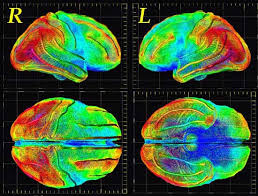Abstract
 We studied the similarities and differences between Brazilian Spiritistic mediums and North American dissociative identity disorder (DID) patients. Twenty-four mediums selected among different Spiritistic organizations in São Paulo, Brazil, were interviewed using the Dissociative Disorder Interview Schedule, and their responses were compared with those of DID patients described in the literature. The results from Spiritistic mediums were similar to published data on DID patients only with respect to female prevalence and high frequency of Schneiderian first-rank symptoms. As compared with individuals with DID, the mediums differed in having better social adjustment, lower prevalence of mental disorders, lower use of mental health services, no use of antipsychotics, and lower prevalence of histories of physical or sexual childhood abuse, sleepwalking, secondary features of DID, and symptoms of borderline personality. Thus, mediumship differed from DID in having better mental health and social adjustment, and a different clinical profile.
We studied the similarities and differences between Brazilian Spiritistic mediums and North American dissociative identity disorder (DID) patients. Twenty-four mediums selected among different Spiritistic organizations in São Paulo, Brazil, were interviewed using the Dissociative Disorder Interview Schedule, and their responses were compared with those of DID patients described in the literature. The results from Spiritistic mediums were similar to published data on DID patients only with respect to female prevalence and high frequency of Schneiderian first-rank symptoms. As compared with individuals with DID, the mediums differed in having better social adjustment, lower prevalence of mental disorders, lower use of mental health services, no use of antipsychotics, and lower prevalence of histories of physical or sexual childhood abuse, sleepwalking, secondary features of DID, and symptoms of borderline personality. Thus, mediumship differed from DID in having better mental health and social adjustment, and a different clinical profile.
- PMID:
- 18477886
- [PubMed – indexed for MEDLINE]









